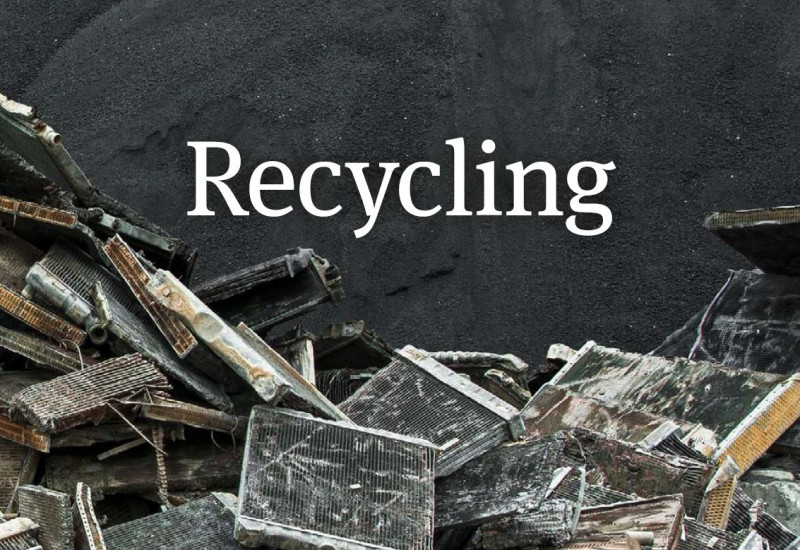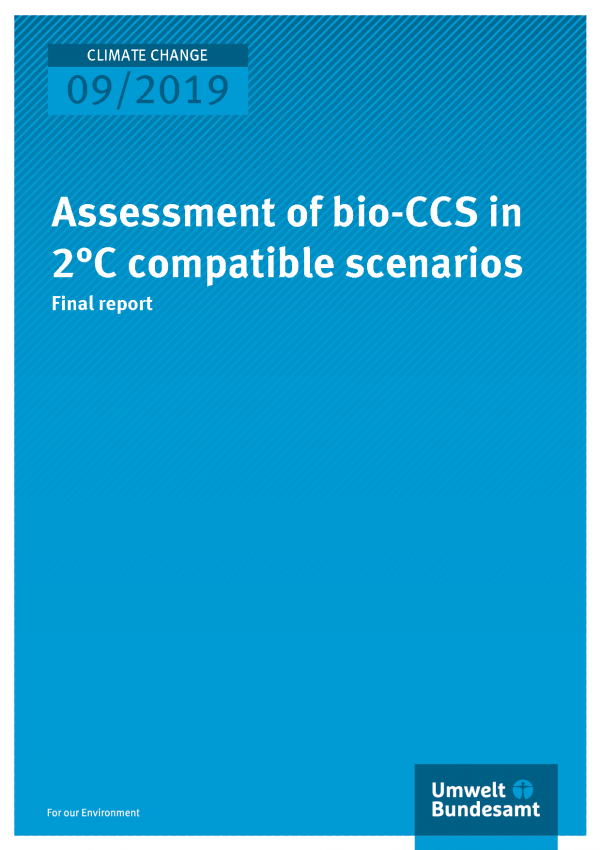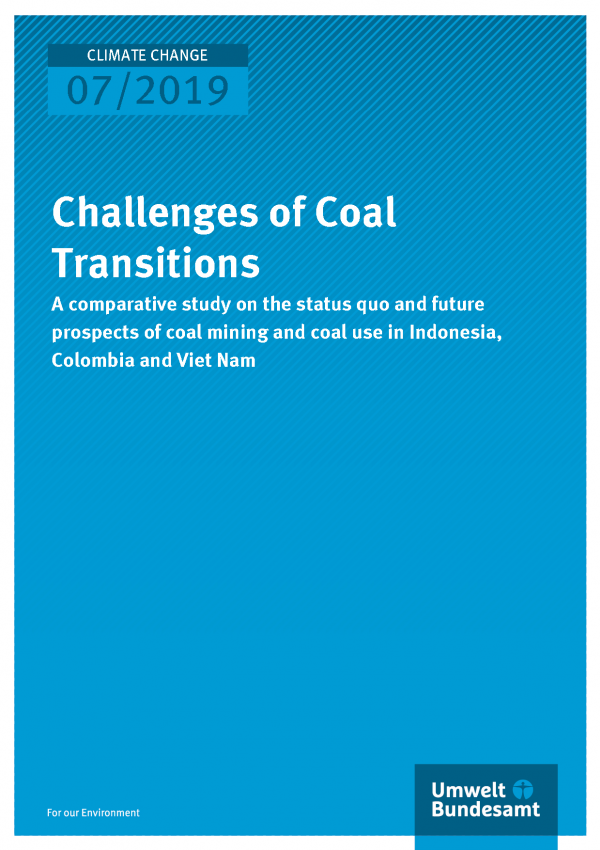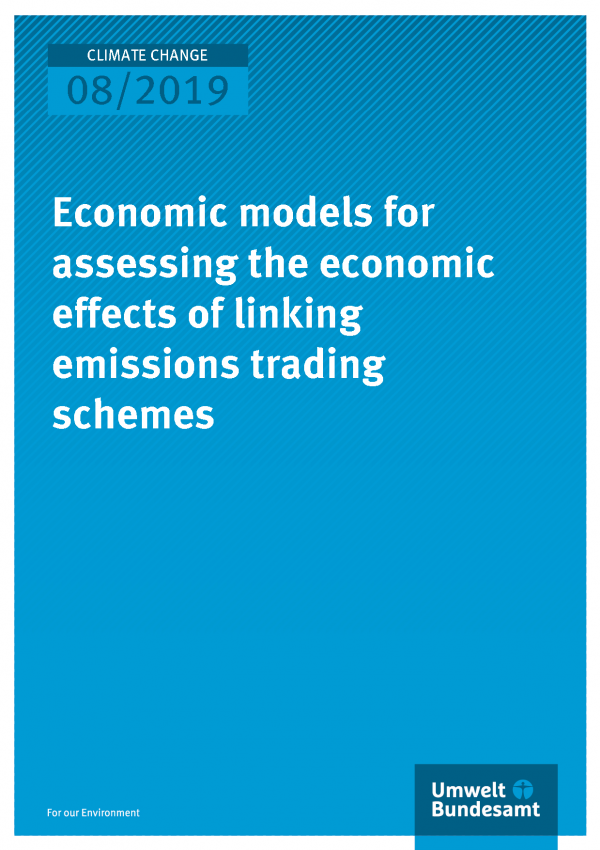2018 review: more renewable energy, less greenhouse gas

Record levels of solar radiation in 2018 led to increased power generation from renewable sources.
Source: Martin Stallmann / Umweltbundesamt |
According to a UBA forecast, Germany’s greenhouse gas emissions were down 4.5 percent on the previous year in 2018. This is the first significant decline after four years of stagnation and is down to two reasons: the exceptionally dry, warm and sunny weather, and lower fossil fuel consumption.
The low river levels caused by the dry summer of 2018, for example, made it difficult to transport hard coal and fuel oil. Prices rose, leading to lower consumption. At the same time, the sunny weather resulted in record levels of electricity generation from photovoltaic systems. Electricity generation from wind turbines also rose again compared to the previous year – a trend partly driven by considerable expansion at the end of 2017.
If we aim to achieve Germany’s 2030 and 2050 climate protection and energy targets, the current dynamic development in the electricity sector must be kept and intensified over the coming years. Significantly more needs to be done in future in the heating and transport sector. At 5.6 percent, the level of renewables used in transport in 2018 was no higher than five years previously, while in the heating sector, which accounts for around 50 percent of total energy consumption, the proportion of renewables (13.9 percent) was even lower than in 2014.
Expanding renewable energies is essential to climate protection. As UBA has calculated greenhouse gases with a climate impact of around 184 million tonnes of CO2 were avoided in 2018 through the replacement of fossil fuels by renewable sources – a significant amount considering that Germany’s total emissions in 2018 were around 866 million tonnes.





















